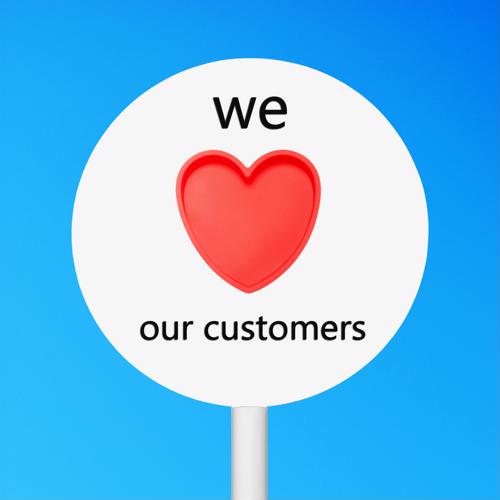
Today's businesses can't afford to operate in the dark. One of the most crucial insights to have a handle on is the customer lifecycle, or the steps consumers take before and after a purchase.
Having a keen understanding of the lifecycle and the best ways in which to manage it for each individual customer can help companies support loyalty and differentiate themselves in their marketplace. The customer lifecycle can offer ripe opportunities for improvement, as well as the potential to form better connections with clients.
Let's examine a few best practices for managing your company's customer lifecycle:
Understand the use of touch points: Map it
One of the first elements to get in order here is an understanding of the different touch points customers use during their lifecycle. As TechTarget pointed out, customer journeys and lifecycles certainly won't be the same from business to business, and will shift according to the company's offerings and its target audience.
In this way, a beneficial strategy to support this understanding is to create a customer journey map that helps outline the touch points and channels clients use during their purchasing process. As ClientSuccess founder and CEO Dave Blake recommended, the map should encompass the entire journey – including actions taken after a purchase is completed. In addition, it's important that company stakeholders working on this map do so from the customer's perspective, and not their own.
"Remember to view the journey from the customer's perspective first," Blake wrote. "The map starts at the first brand impression and guides the customer to success (renewal)."
Improve loyalty programs to support repeat purchases
Another key strategy to incorporate here is to optimize any current loyalty programs according to customer preferences. Conversely, if the organization doesn't yet have a loyalty program in place to support repeat purchases, now is the time to establish one.
McKinsey & Company noted that robust loyalty programs can support better relationships with both new and existing clients, and that these programs can also provide key data for the company to leverage and monetize.
"Stakeholders must have the most complete picture of their clients."
Loyalty programs are a very advantageous way to potentially extend the customer lifecycle and encourage continual, repeat purchases.
Enable a 360-degree view of your customers
In order to support strategies like customer journey mapping and optimization of loyalty programs, company stakeholders must have the most complete picture of their clients. This 360-degree look at customers and their preferences is crucial in the current business landscape, and one of the best ways to enable this view is through a robust technological solution.
FlexOMS is an intelligent, yet simple-to-use tool to support your customer lifecycle management, and includes a powerful customer database. In this way, you can store customer details and ensure you have all the information you need to understand your clients' individual purchase journeys and how these fit into their overall lifecycles.
To find out more, connect with us today.









